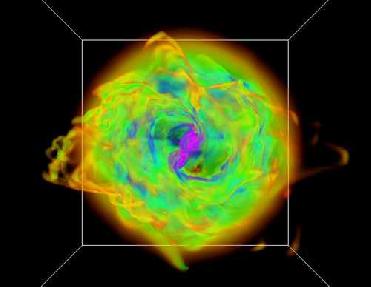
Volume renderings of the density field in a region of the simulation at 55,000 years of evolution. Lawrence Livermore National Laboratory image
WASHINGTON (BNS): In a new research scientists have solved the astrophysical mysteries of all times. They have shown how massive stars, up to 120 times the mass of the Sun, form without blowing away the clouds of gas and dust that feed their growth.
In a study published in the January 15 online edition of Science Express, researchers of Lawrence Livermore National Laboratory (LLNL), University of California, Santa Cruz and UC Berkeley has shown how a massive star can grow despite outward-flowing radiation pressure that exceeds the gravitational force pulling material inward.
Livermore�s Richard Klein and LLNL�s Andrew Cunningham using 3-D radiation hydrodynamics simulations accidentally discovered that these massive stars also tend to occur in binary or multiple star systems.
�Originally, we were just exploring the physics of massive star formation. As we were looking at the physics, we found that gravitational instabilities cause companion stars to form around massive stars,� Klein said.
The researchers said that massive stars produce so much light that the radiation pressure they exert on the gas and dust around them is stronger than their gravitational attraction.
Mark Krumholz, lead author and an assistant professor of astronomy and astrophysics at the UC Santa Cruz said that the radiation pressure does not limit the growth of massive stars.
Previous studies indicated that radiation pressure would blow away the raw materials of star formation before a star could grow much larger than about 20 times the mass of the Sun. But astronomers have seen stars much more massive than that.
The research team spent years developing complex computer codes for simulating the processes of star formation. Combined with advances in computer technology, their latest code, ORION, enabled them to run a detailed 3-D simulation of the collapse of an enormous interstellar gas cloud to form a massive star.
�Logically, we thought the massive amounts of radiation pressure would stop the star in its tracks from growing any larger. But instead, gravitational instabilities channelled gas onto the star system through disks and filaments, sort of like fingers, that self-shield against the radiation, while allowing the radiation to escape through optically thin bubbles,� Klein said. �
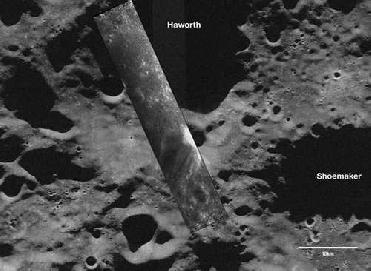 Next Article
Next Article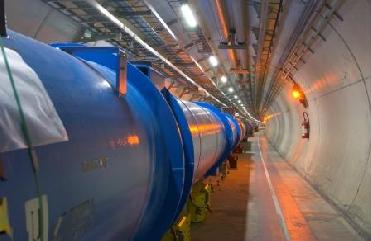
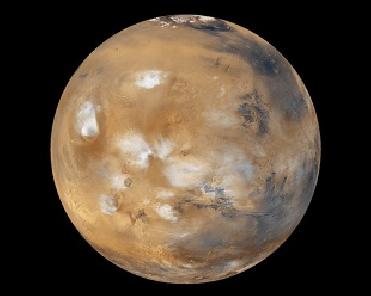
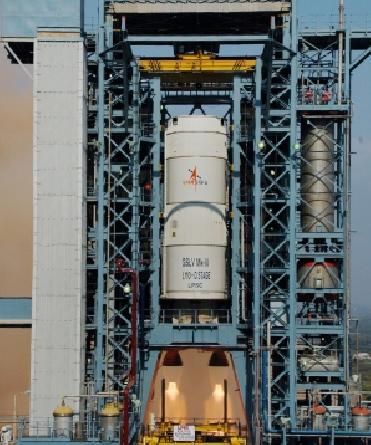










The Indian Air Force, in its flight trials evaluation report submitted before the Defence Ministry l..
view articleAn insight into the Medium Multi-Role Combat Aircraft competition...
view articleSky enthusiasts can now spot the International Space Station (ISS) commanded by Indian-American astr..
view article